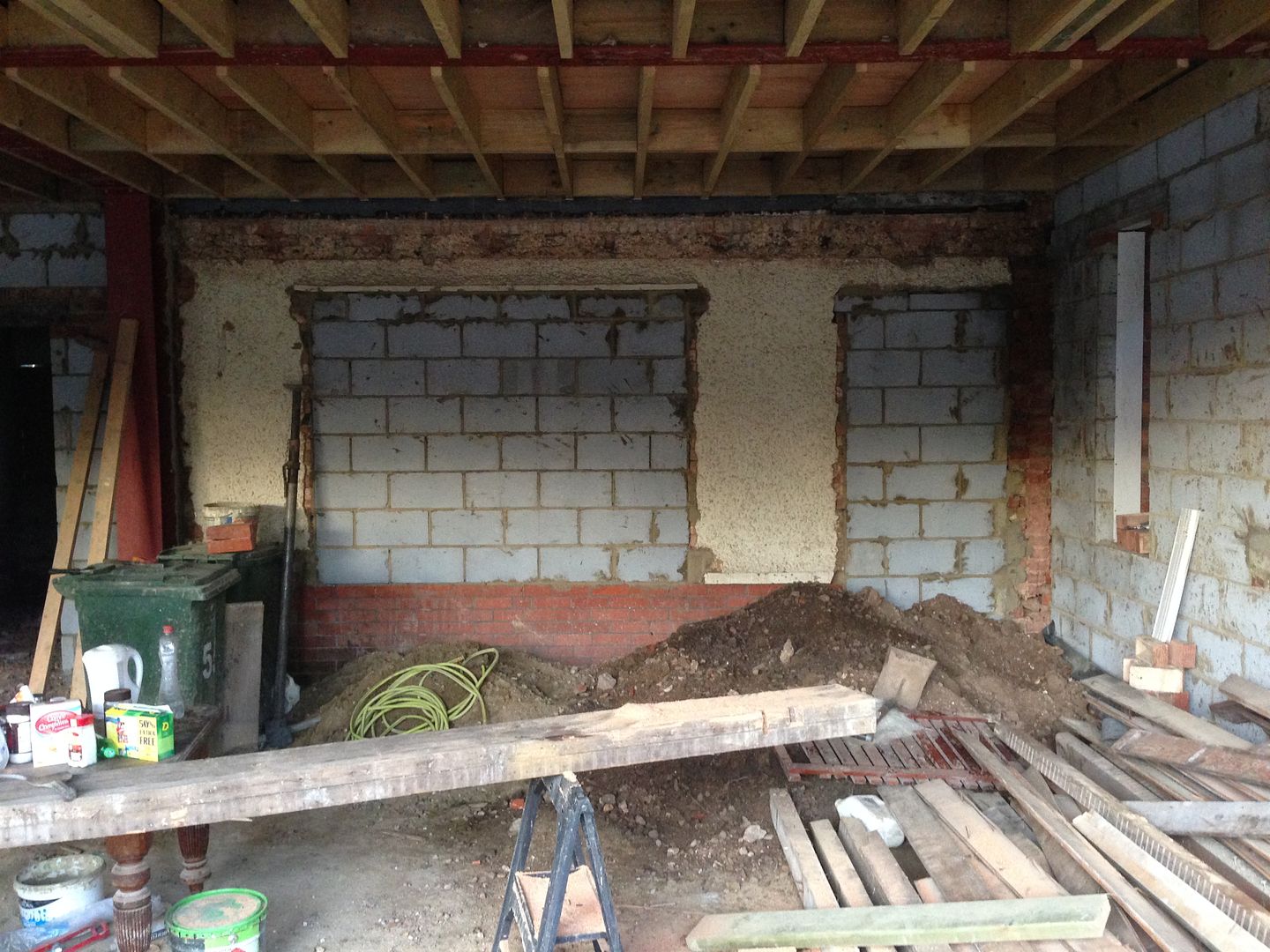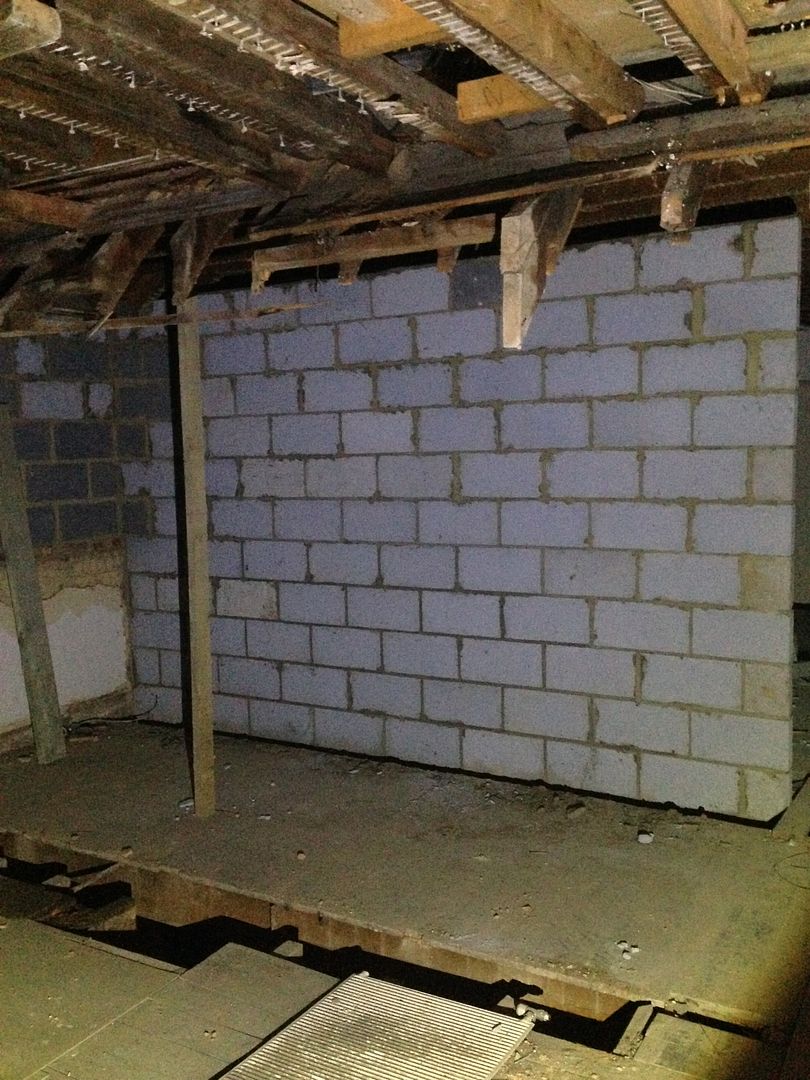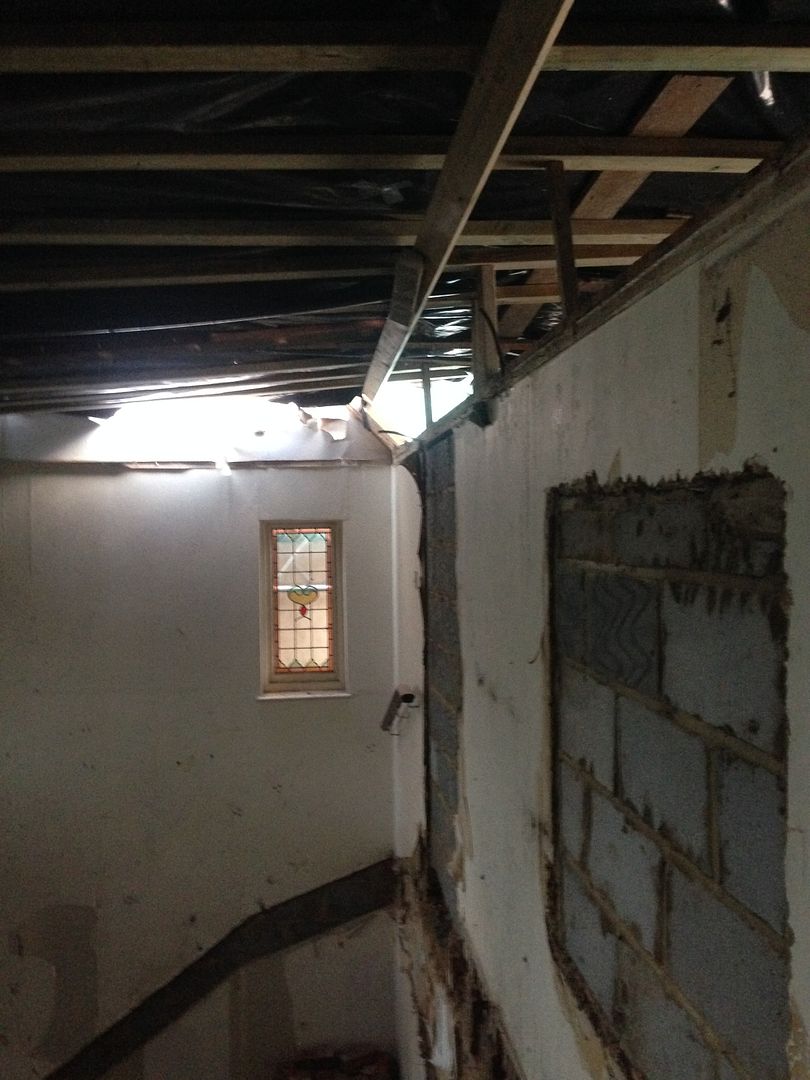Our internal block partitions have been built, most of which are load bearing.
We will be installing acoustic plasterboard on most of these walls.
Am I right in thinking that without any acoustic rockwool between the block wall and the plasterboard, the acoustic properties will not be that great or non existent? Should we still consider installing at least 25mm of the rockwool at the detriment of space loss and is there much more work for the builder involved?
Thx.
We will be installing acoustic plasterboard on most of these walls.
Am I right in thinking that without any acoustic rockwool between the block wall and the plasterboard, the acoustic properties will not be that great or non existent? Should we still consider installing at least 25mm of the rockwool at the detriment of space loss and is there much more work for the builder involved?
Thx.
Last edited:




